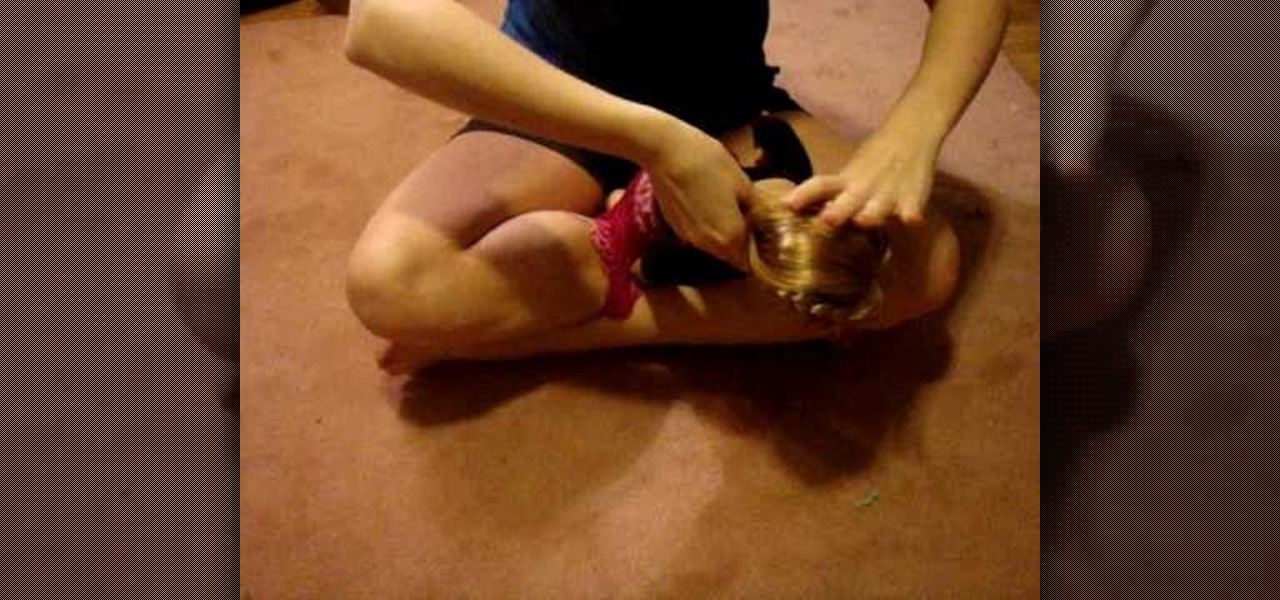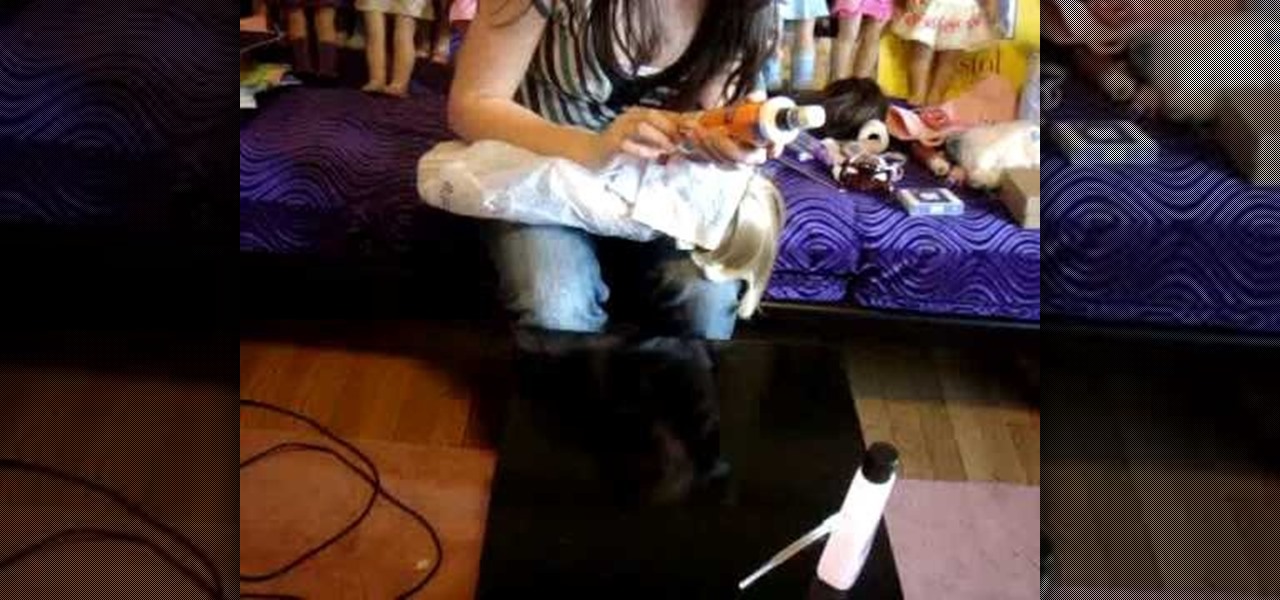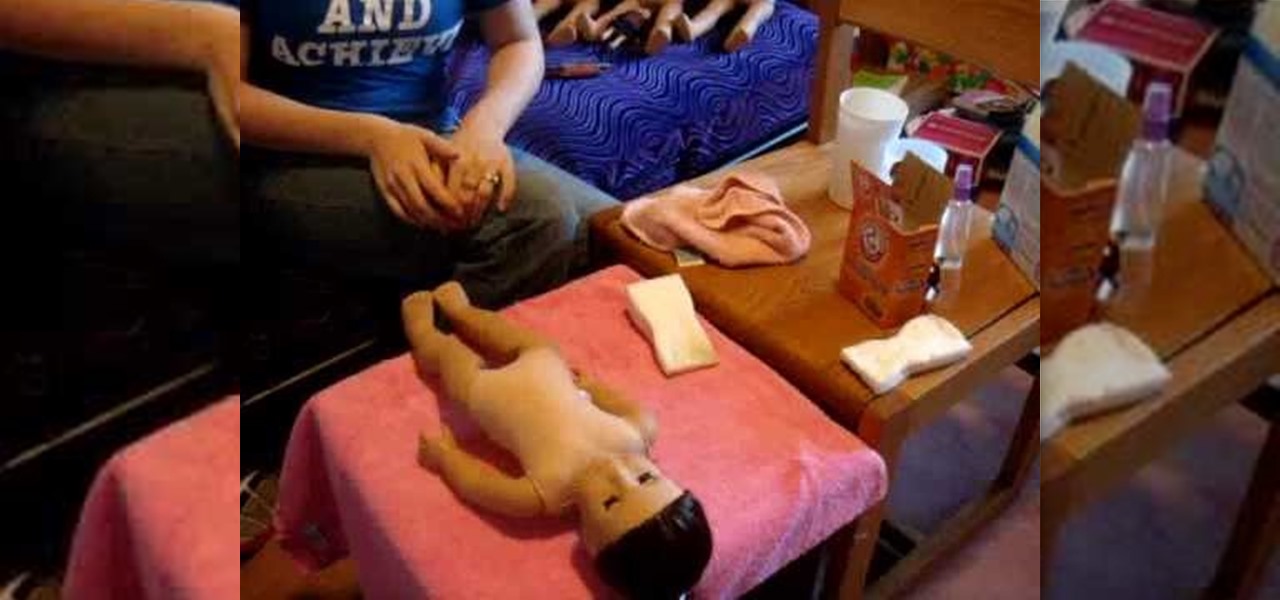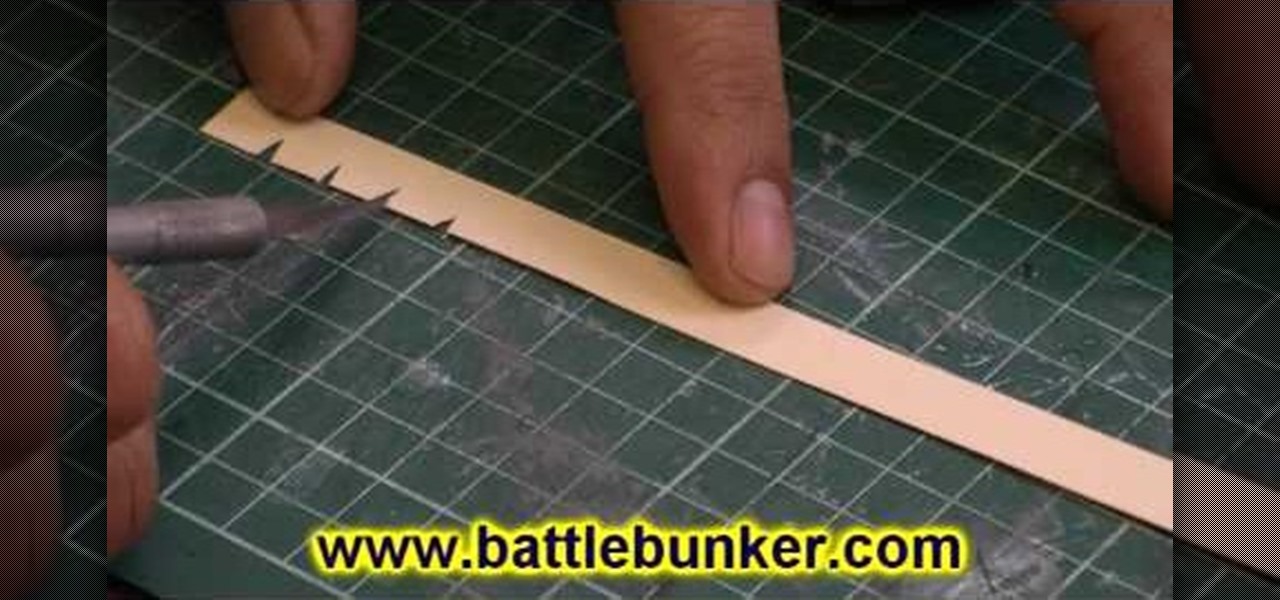Hot Dolls, Plush & Miniatures Posts

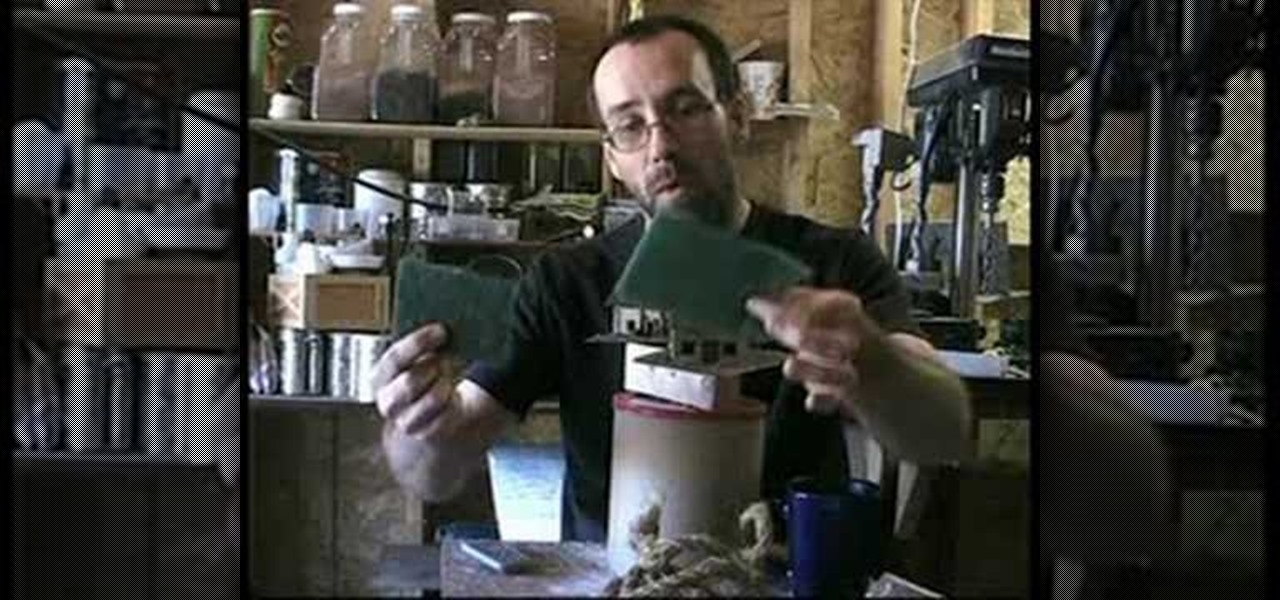
How To: Make roof thatching and tree material for dioramas
Watch this instructional model making video to make miniature roof thatching and tree material for dioramas, architectural models, Warhammer and game terrain. There are several kinds of scouring pads, craft fiber sheets, and fibers for constructing miniature trees and bushes. You can punch roof shingles out of cardboard for very convincing shingled roof.
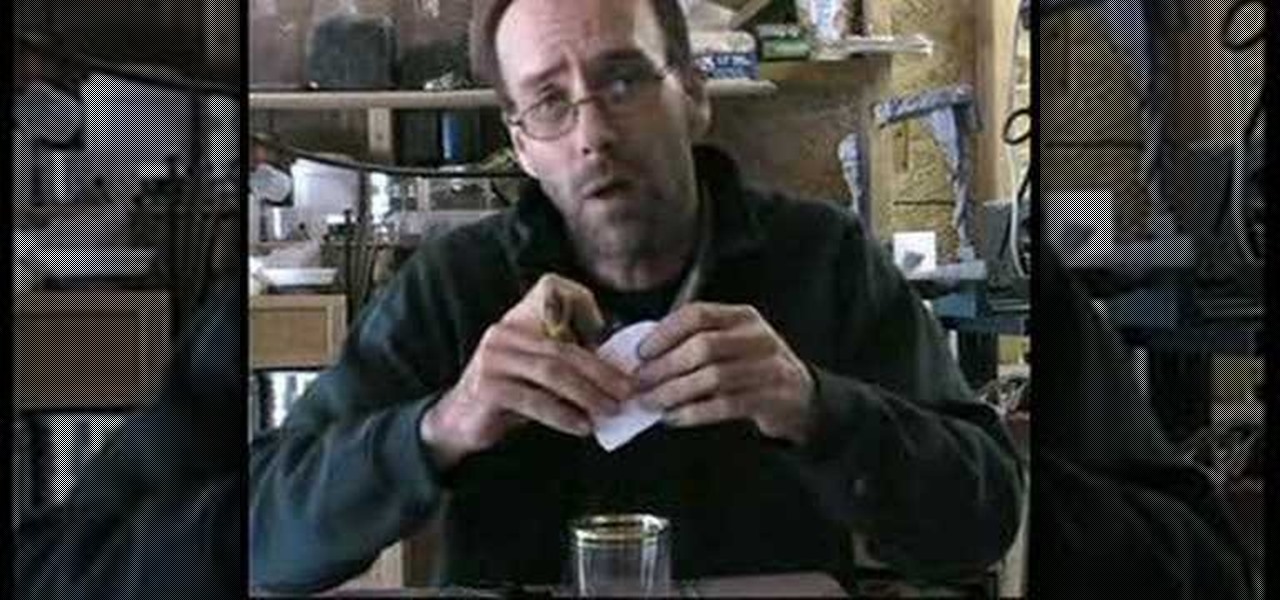
How To: Make plaster brickwork for miniatures
Here is one method of making model brickwork and detailing wood for dioramas and miniature game terrain. Carve some light lines into a flat piece of balsa wood and coat it with a thin layer of plaster. This simple trick creates a realistic brickwork effect for miniature dioramas, architectural models, Warhammer and doll houses.
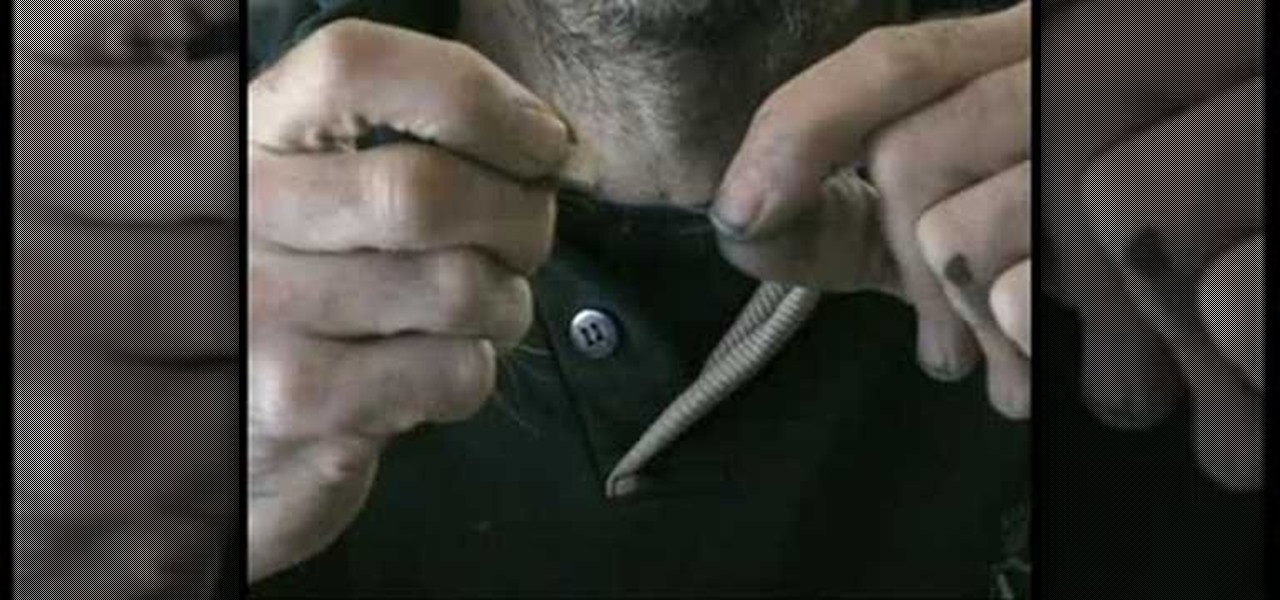
How To: Model grass for miniature dioramas and game terrain
Here's how to place grass into your diorama scenery. These tactics may be familiar to model train builders, but there are endless fibers that can create texture for miniature landscapes. Make grass for dioramas, Warhammer, architectural models and other miniatures.
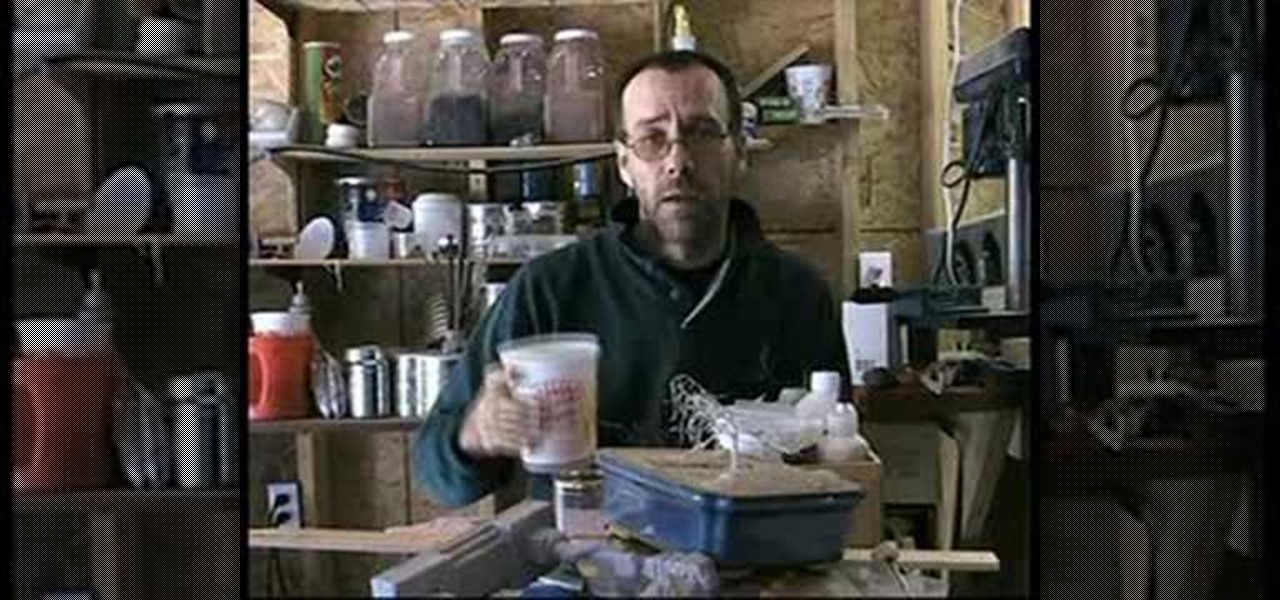
How To: Paint miniatures for dioramas and gaming terrain
Watch this instructional video to paint realistic finishes on miniatures for dioramas, architectural models, and game terrain. This model maker begins with an introduction to washes and dry brushing. When working towards a tarnished or deep finish on your miniatures, you must layer coats of paint in thin washes.
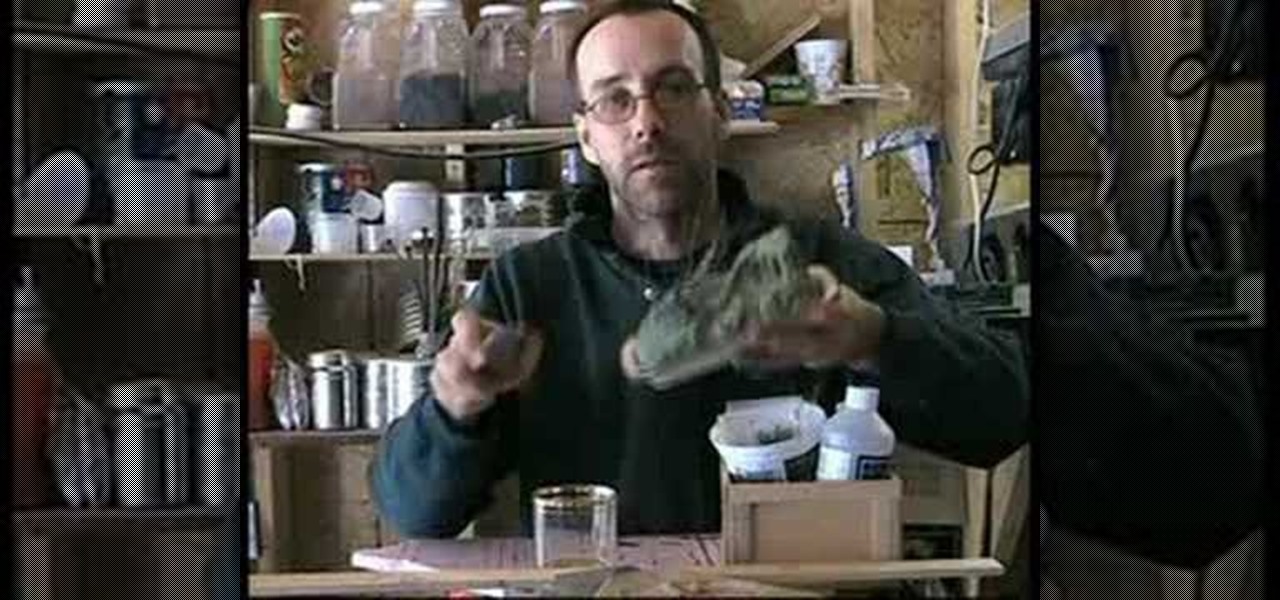
How To: Create solid water for miniature dioramas and models
You can paint your plaster blue and coat it with a gloss, but there are easier ways to make artificial water for miniature dioramas, architectural models and war game terrain. Easy Water is a product made up of small plastic pellets that need to be melted and poured onto the model. You cannot use this on styrofoam, obviously. This instructional video provides some alternative methods for creating water effects on miniature dioramas.
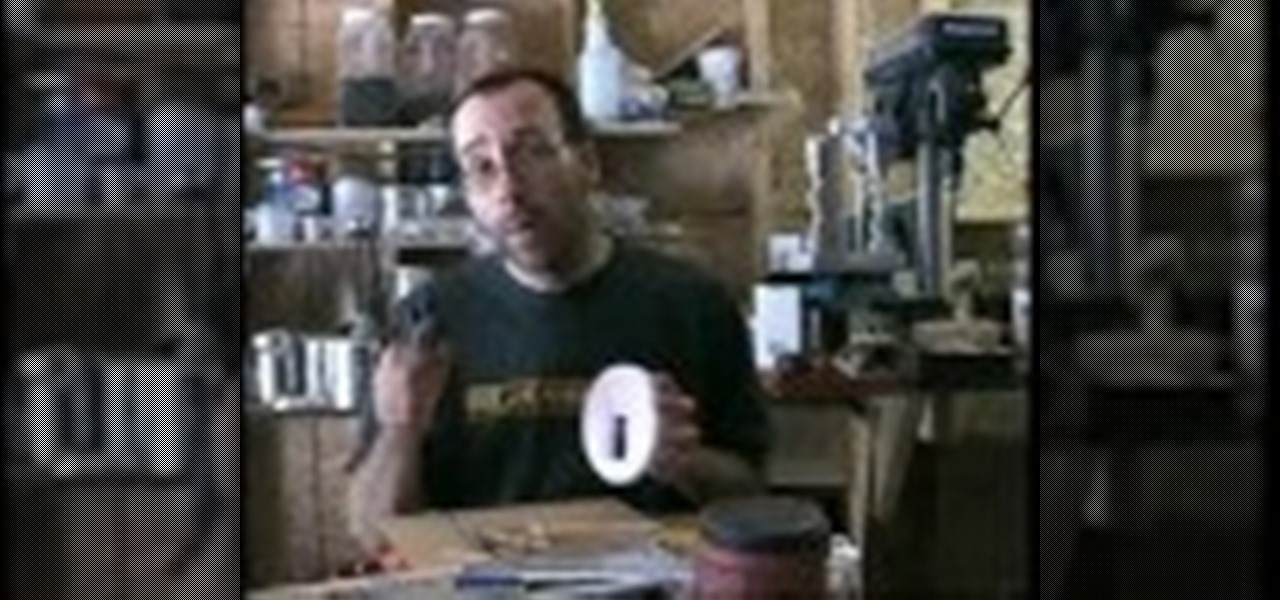
How To: Gather tools for building miniatures
Here are some of necessary the tools for hobby crafting and diorama making. This model maker uses wood rasps, sanding pencils, wire cutters, small pliers, a box cutter, a wood carving knife, and a Japanese pull saw. When building miniatures you may find yourself making your own tools or finding useful sculpting aids around the house. Occasionally, a wood burning gun can help you achieve detail for tiny window shutters and other fine work.

How To: Make a modeling tool for dioramas and game terrain
If you are a dedicated model maker, watch this instructional video to make a handy tool for sculpting and working with miniatures. These homemade wood tools are good for a variety of purposes. It can be made from wood as small as match stick stock up to 1/2'' by 1'' stock. Use this wood tool for modeling clay, greenery or spreading glue plaster and wiping off the excess.

How To: Make glass effect windows for dioramas & game terrain
putting glass in small diorama windows. These miniature windows give the illusion of a stain glass window or wrought iron window bars. Create the effect of real glass using products such as Weldbond,Crystal Clear, Water Effects from Woodland Scenics, clear RainGlo, or clear silicone.
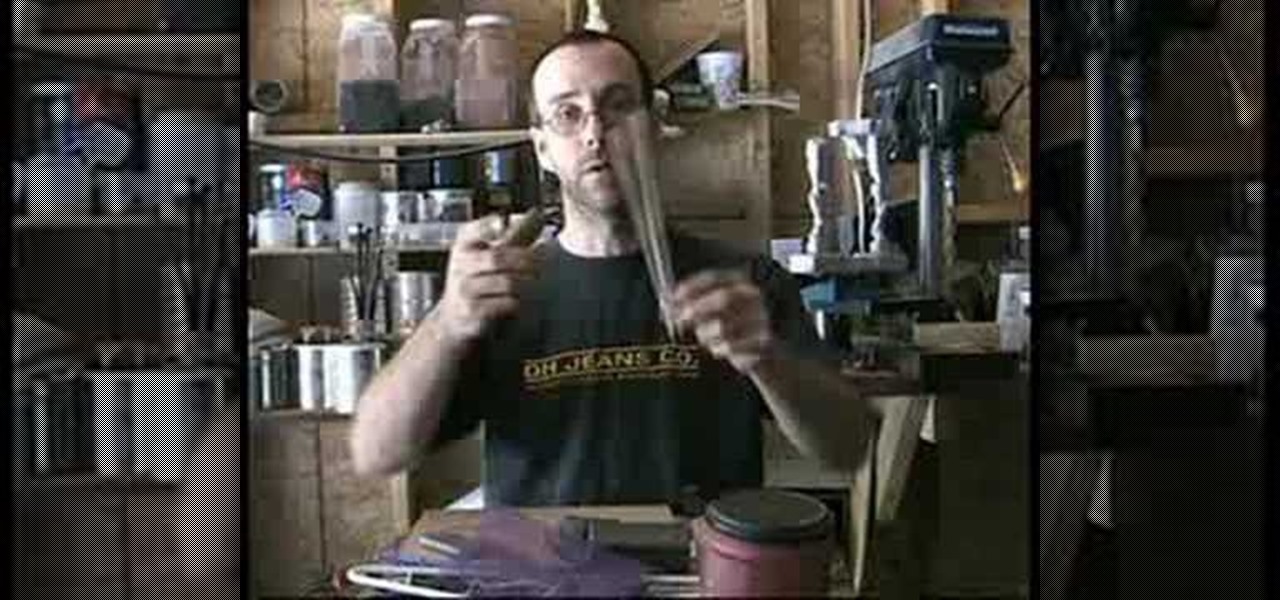
How To: Gather supplies for making dioramas and game terrain
This instructional video provides examples various supplies for war game terrain and diorama making. Most of these supplies for miniatures can be found at a local dollar store. Look for cardboard tubes, plastic sheeting, high density foam, metal foils and wires, plaster, sand twigs and other found materials.
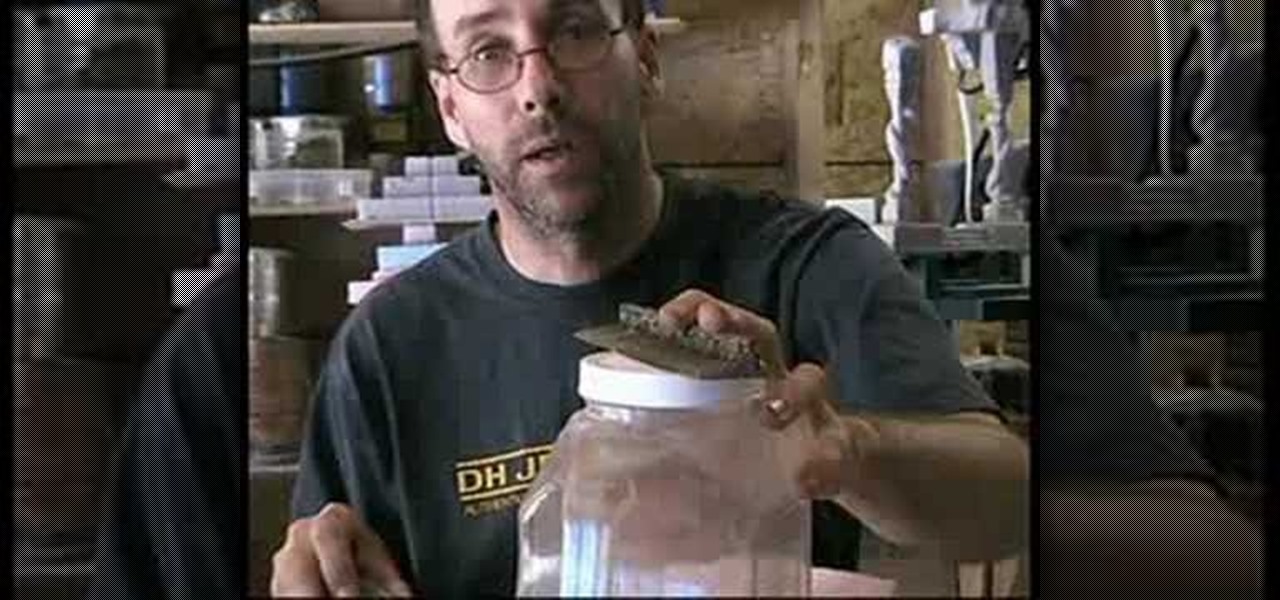
How To: Make small rock walls for your game terrain
Watch this instructional video to build miniature rock walls for dioramas and game terrain. You can actually cast your miniature gates and brick walls out of plaster for a convincing effect. Use cheap and convincing materials such as sifted dirt, sand, plaster, and twigs to make realistic looking rock walls for your tiny scene.

How To: Use cheap metal bits for detailing your game terrain
Here are some examples of metal for detailing your miniature diorama or gaming terrain piece. Watch this instructional video for some quick tips on making metal handles, swords, and decorations for miniature architectural scenes, Warhammer, dioramas and dollhouses.
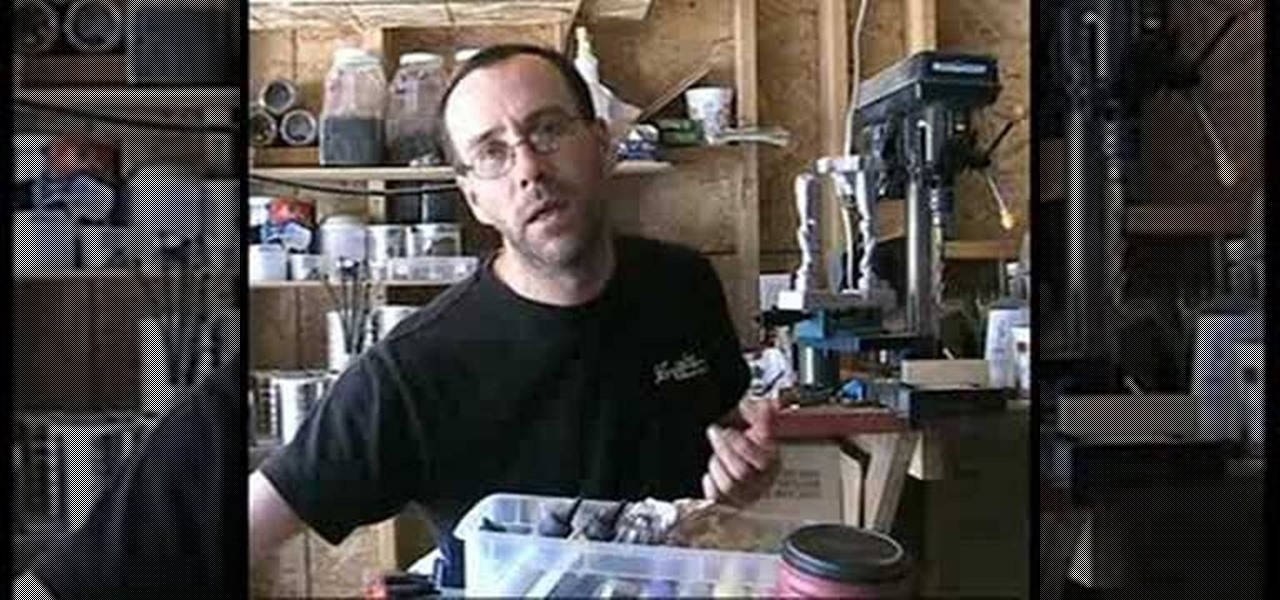
How To: Duplicate diorama pieces with plaster casts
Watch this instructional video to make cheap molds for casting miniatures. You can then duplicate pieces for building your diorama or game terrain. Sculpt original forms using polymer clay, and layer on latex to make a cheap rubber mold. Or, you can use pre-made forms to press shapes into a soft mold. This video provides several modes of creating plaster forms and duplicates for miniature sculptures.
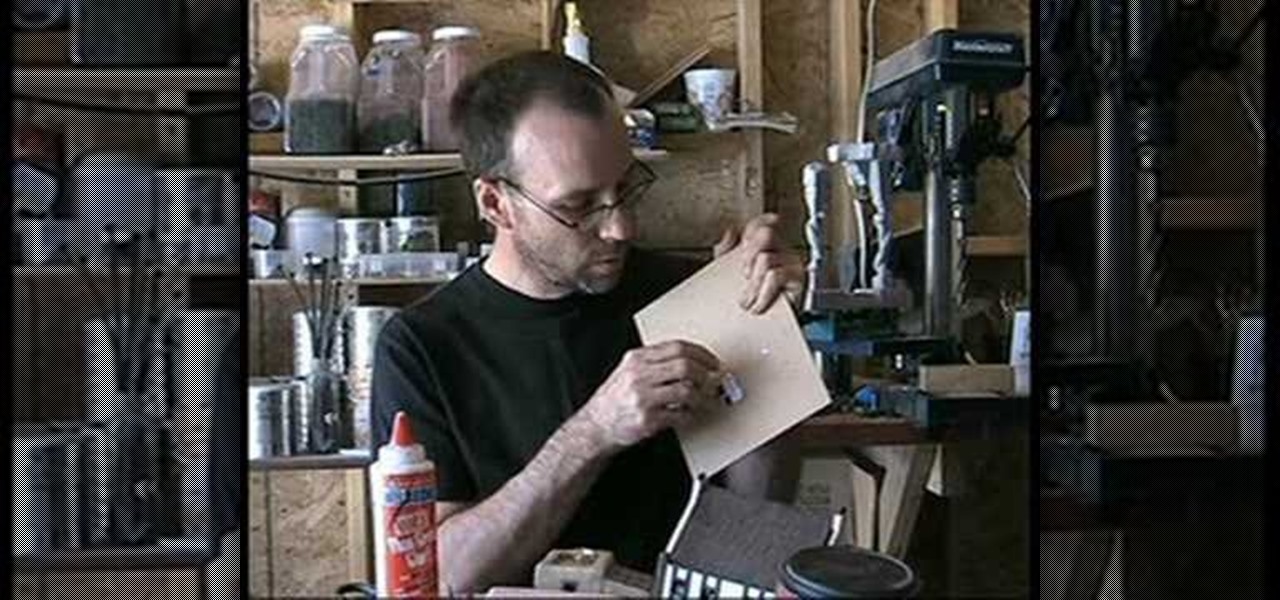
How To: Simulate brick wall effects for dioramas
Here are some examples of brickwork for dioramas or war game terrain. Create a fine grit coating for foam carvings using a mixture of white glue, paint and fine sand. Press in brick patterns into foam, or if working in smaller scale, you can coat cardboard with a thin coat of plaster. Find old pieces of dry flat wood to create miniature slats of wood for sides of a barn or haunted house.
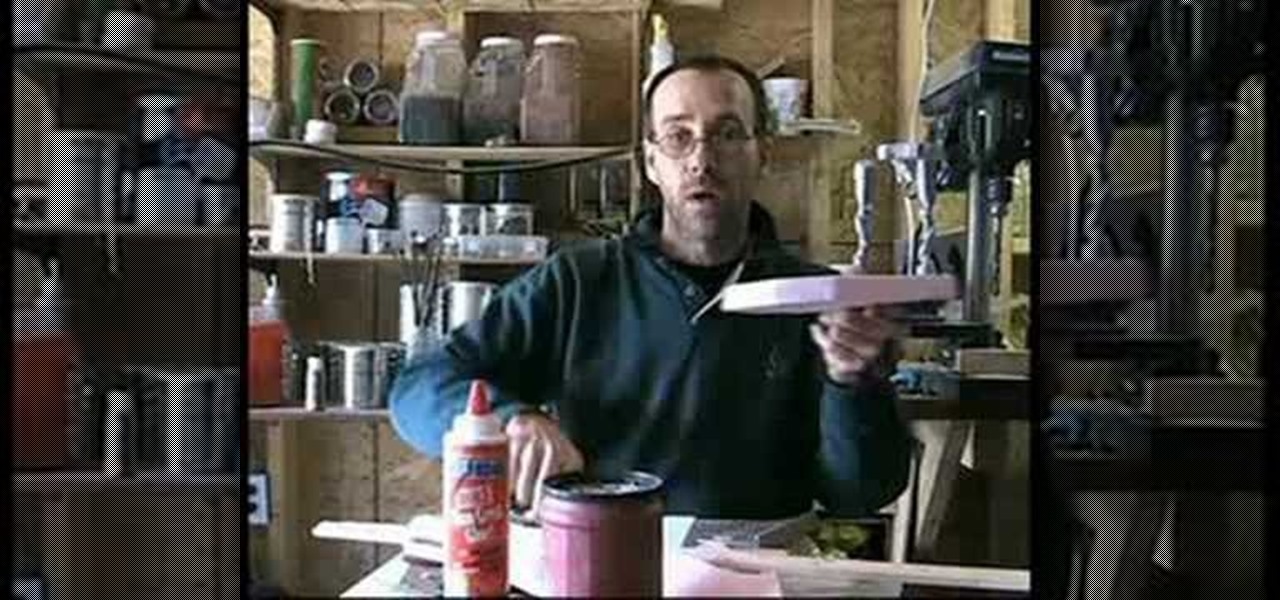
How To: Make a miniature ziggurat
Watch this three part tutorial to build a miniature ziggurat. Use pink Styrospan high density foam. Assemble this model of a step sided pyramid with a ruler, some glue and an x-acto knife. The pink foam is easy to carve and can be repaired with glue if broken.
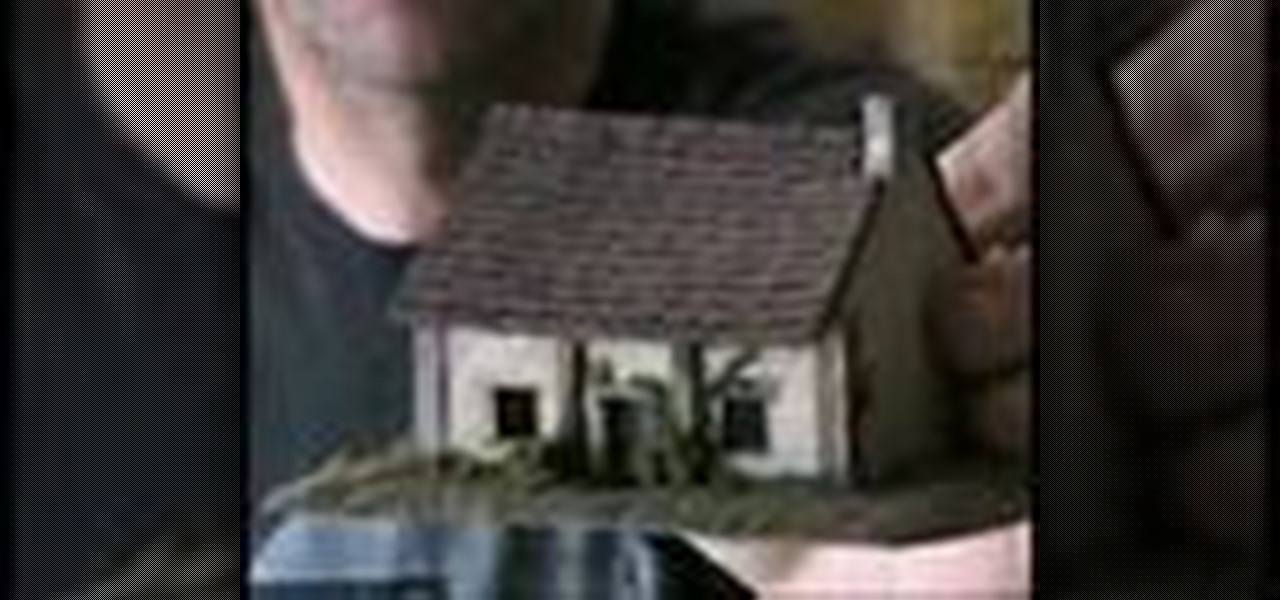
How To: Make 15mm scale miniatures
This video provides an introduction to building 15mm scale buildings for Warhammer or miniature dioramas. Simulate roofing shingles and with small pieces of cardboard. Create a haunted scene with real spider webs. Preserve tiny spider webs with a protective spray or make miniature spider webs out of milkweed. Build small scale grapevines with toothpicks, wire, and painted leggy moss.
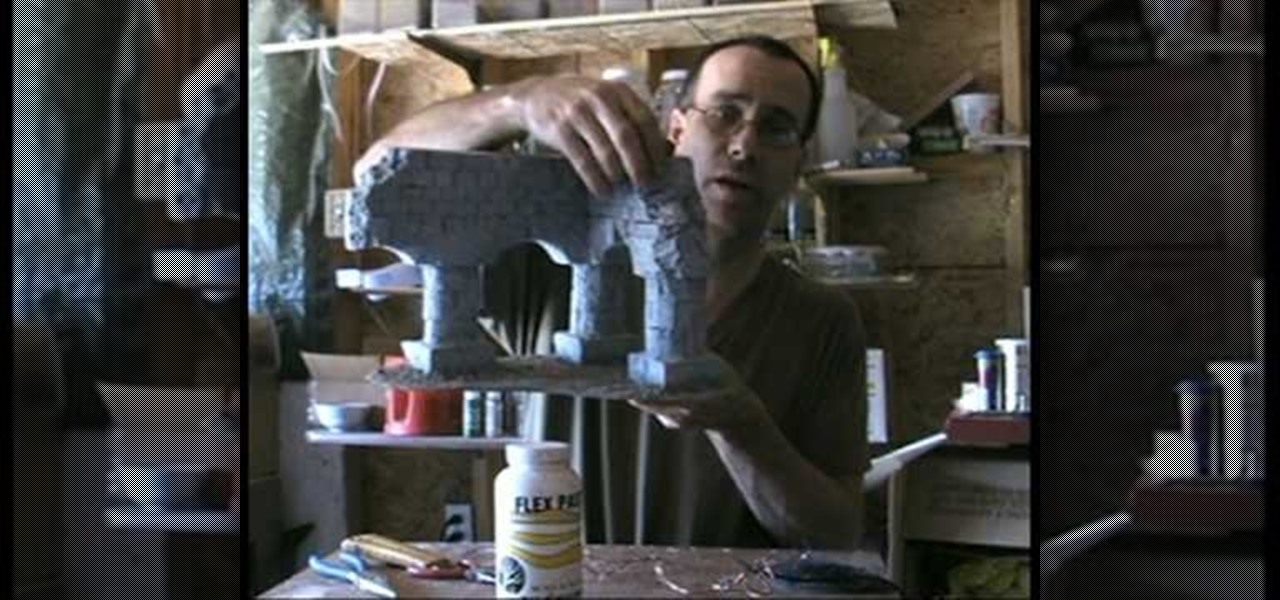
How To: Make miniature trees
watch this five part instructional modeling video to make miniature trees for dioramas, architectural models, and game terrain. You can use expensive artificial leaves, or you can use this more resourceful method. Go outdoors and collect small twigs and dried branches to add to the wire structures for a more natural look. This tutorial demonstrates how to make deciduous, coniferous, and several other types of miniature trees.

How To: Begin to carve foam for dioramas and game terrain
Watch this two-part instructional video to begin carving gaming terrain and various art projects out of high density foam. This type of pink foam is called Styrospan. It's easy to carve, inexpensive and can be easily repaired with glue.

How To: Paint the base coat on your Warhammer figurines
Watch this five part instructional video series to experiment with base coats on your Warhammer miniatures. Using thin coats of paint and small brushes, leave a wider margin for experimentation and highlight coats. The rich and impressive detailing on Warhammer figurines comes with patience and perseverance. Warhammer miniatures need several layers of primer and original fill color for a deep base coat.

How To: Set up a workspace for painting Warhammer figurines
If you are dedicated Warhammer painter, you know that you need a small, but extremely tidy workspace. Watch this instructional video for tips on setting up pallets, choosing brushes and painting mediums. Expand the limits of traditional Warhammer paints by mixing colors and using alternative brands.
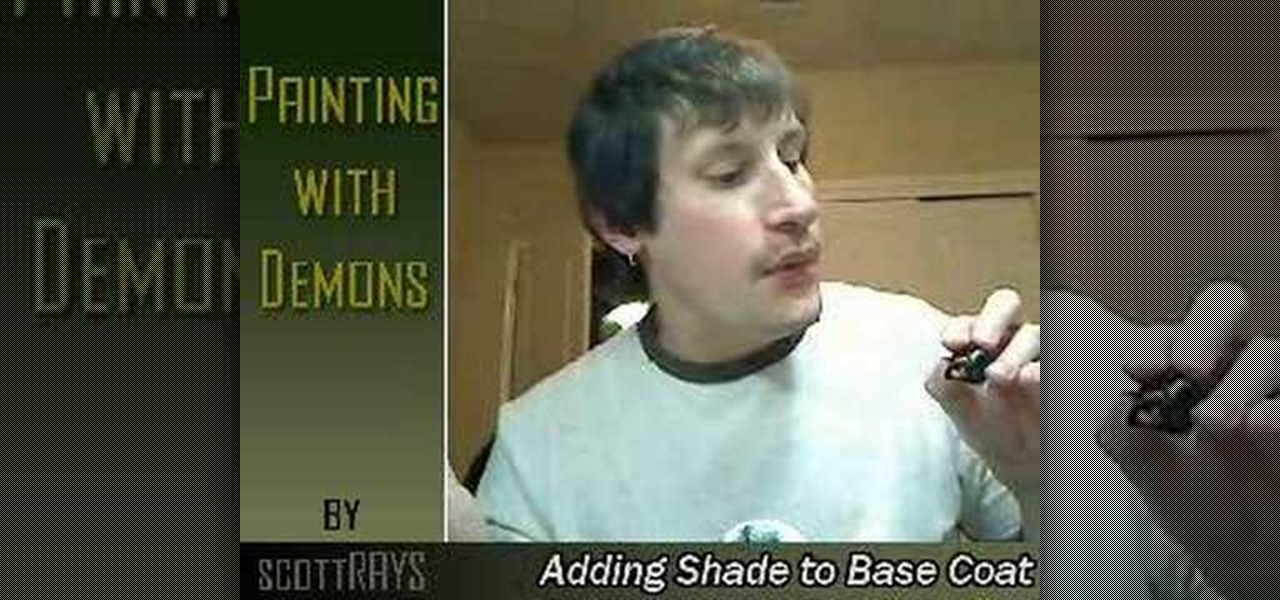
How To: Paint shading on your Warhammer figurine
This instructional video demonstrates how to add shading to your Warhammer miniatures. With a small paintbrush, add thin washes of shading over the basic fill coats. In this video, the painter adds passes of paint on top of the manufacturer's Scab Red. Media extenders can keep paint from drying. When painting Warhammer characters, careful coats of shading color illuminate the details of the original figurine.

How To: Make plush toys & stuffed dolls
Learn how to make your own plush doll and plush toys in this free instructional video series on designing and stitching plush toys.

How To: Paint black templars for Warhammer 40k
This hobby how-to video shows a quick way to paint the black templars series of space marines for you Warhammer 40k game. Follow along with the demonstrator as he gets a black templar ready for Warhammer 40k battle. Watch this video and get started painting to build your army of black templars.

How To: Paint Dark Angels for Warhammer 40k
Dark Angels are a highly sought after army figurine for Warhammer 40k. This hobby how to video shows how to quickly paint the Dark Angels miniatures so they're ready for table top war play. Watch, follow along, and get your Warhammer going.

How To: Choose a space marine army for Warhammer 40k
Space marines are one of the easier armies to build and effective for Warhammer 40k. There still is some skill involved when picking out the figures for the space marine army. Watch this video tutorial and learn how to build a space marine army for Warhammer 40k.

How To: Choose an army for Warhammer 40k
What army do you choose? The answer is long and hard. This hobby how-to video shows a lot of different army miniatures to help pick the right action figure for your table top battles. Watch this video tutorial and learn how to pick an army for Warhammer 40k.

How To: Make a working matchstick medieval catapult
this miniature catapult really works and can be used as a toy or in a diorama. You'll need the following materials: Matchstick 1/8" stock: 4 pieces 1-1/2 inches (36mm)long - 5 pieces 5/8" (15mm) long - 4 cross brace pieces 1/2" (10mm)long (45 degree cuts) 1 piece at 9/16" rounded (for the winch) - 1 piece at 2" shaped for the swing arm - 3/8" doweling for wheels, white glue, sequin pins, needle and thread. Watch this video tutorial and learn how to build a matchstick catapult.
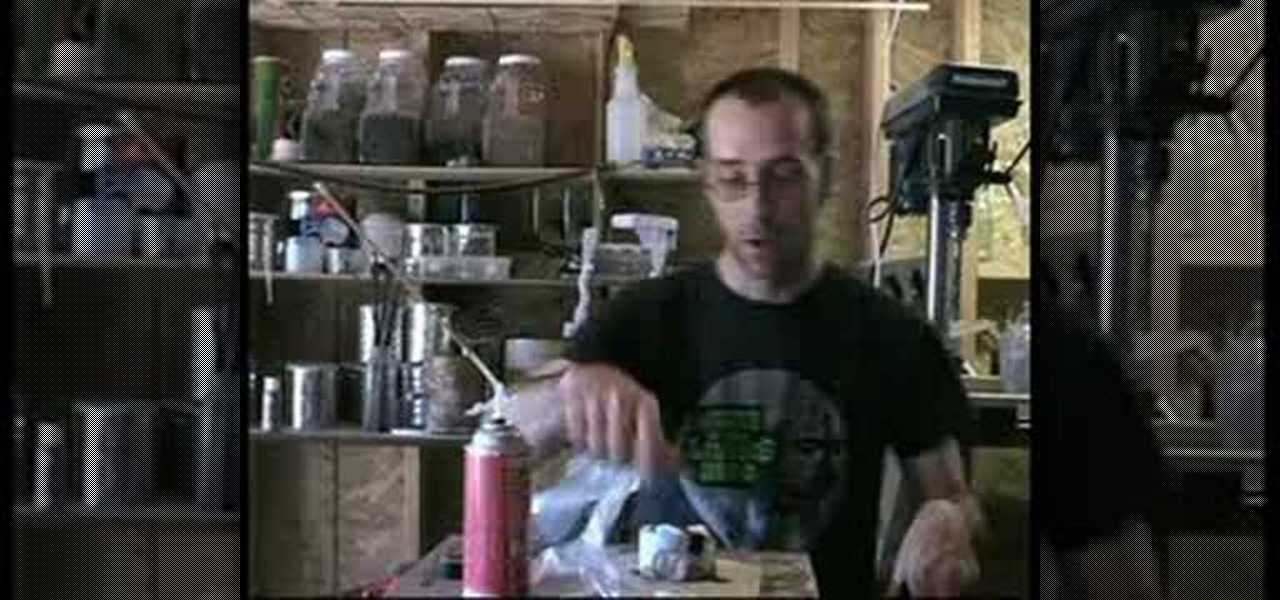
How To: Make a hobbit house for LOTR game or diorama
This video shows how to make a small scale Hobbit's hole. This example is for the Lord of the Rings game, but you can use this in your dioramas too. Use a yogurt container, a piece of board, and then decorate it however you want. Watch this instructional video and learn how to make a miniature hobbit house, like Bag End.
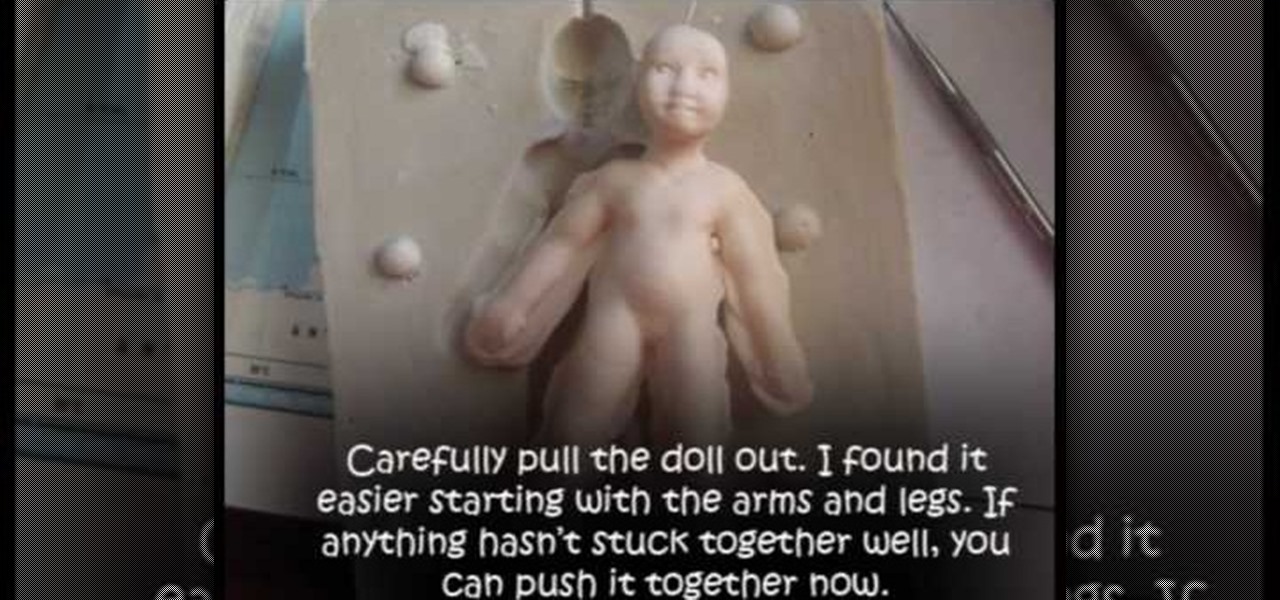
How To: Make a two-part push mold doll out of polymer clay
For those doll makers out there who want to expand into the art show and markets scene, sculpting one of a kind pieces may be too time consuming. This video will hopefully help these artists will to stretch their expertise into making limited edition dolls. Watch this video doll-making tutorial and learn how to sculpt a push mold doll out of polymer clay.

How To: Make an 1850's YoYo doll out of scrap cloth
If you love collecting old fashion dolls this is the video for you.Watch this how-to video and learn how to make an 1850's YoYo doll. No fancy materials needed just scrap cloth.
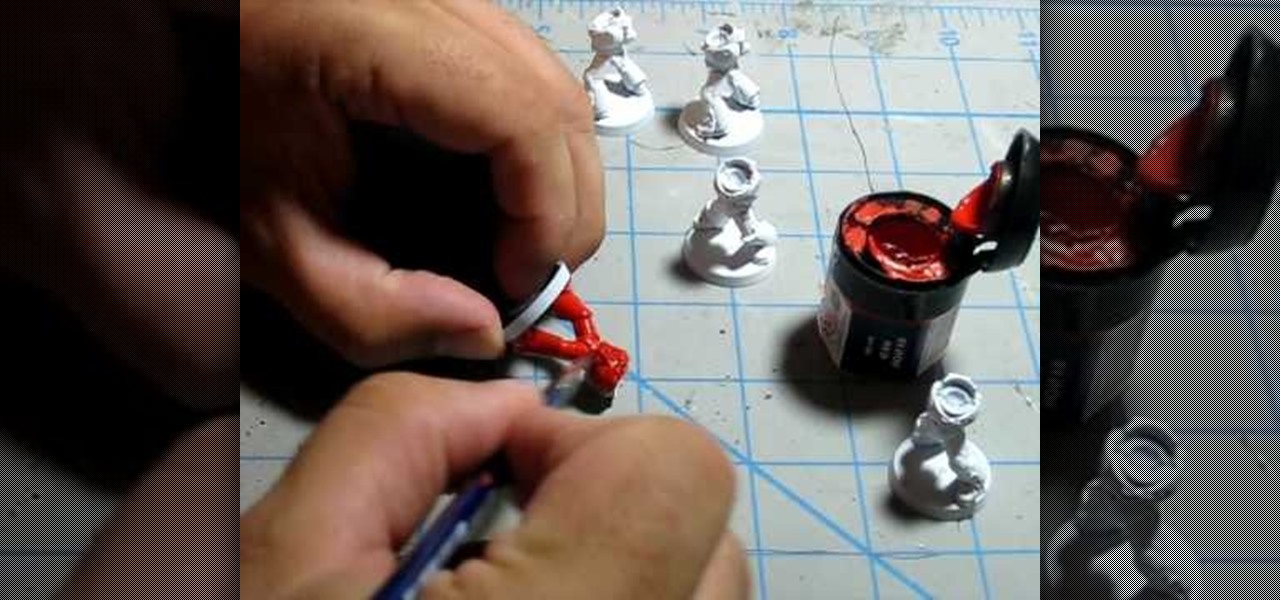
How To: Paint blood angels for warhammer base red
This tutorial video will teach you how to paint your blood angel space marines for Warhammer 40k. Your friends will surely be impressed by your awesome painting job.

How To: Make crystals out of styrofoam
This tutorial miniature video will show you how to make crystals out of hard styrofoam. These crystals will add a dramatic effect to your miniature landscape.

How To: Cut hard styrofoam
This tutorial video will teach you how to cut hard styrofoam.

How To: Prime miniature figurines
This miniature figurine tutorial video will teach you how to do an important step in the preparation of your figurines: priming. Pretty soon, your miniatures will look great with their new priming.

How To: Make fake ice for miniatures
This tutorial video will show you how to start making an ice base for your miniatures. Lots of interesting effects can be made with this plexiglass process.

How To: Flock terrain for model trains
HAlf the fun of model trains is that you get to design your very own scenery. This tutorial video will show you how to apply flocking to your model train terrain.

How To: Make Warhammer 40k terrain
Watch this how to video to learn to make terrain for your Warhammer 40k units. This tutorial will show you step by step everything you need to make terrain.
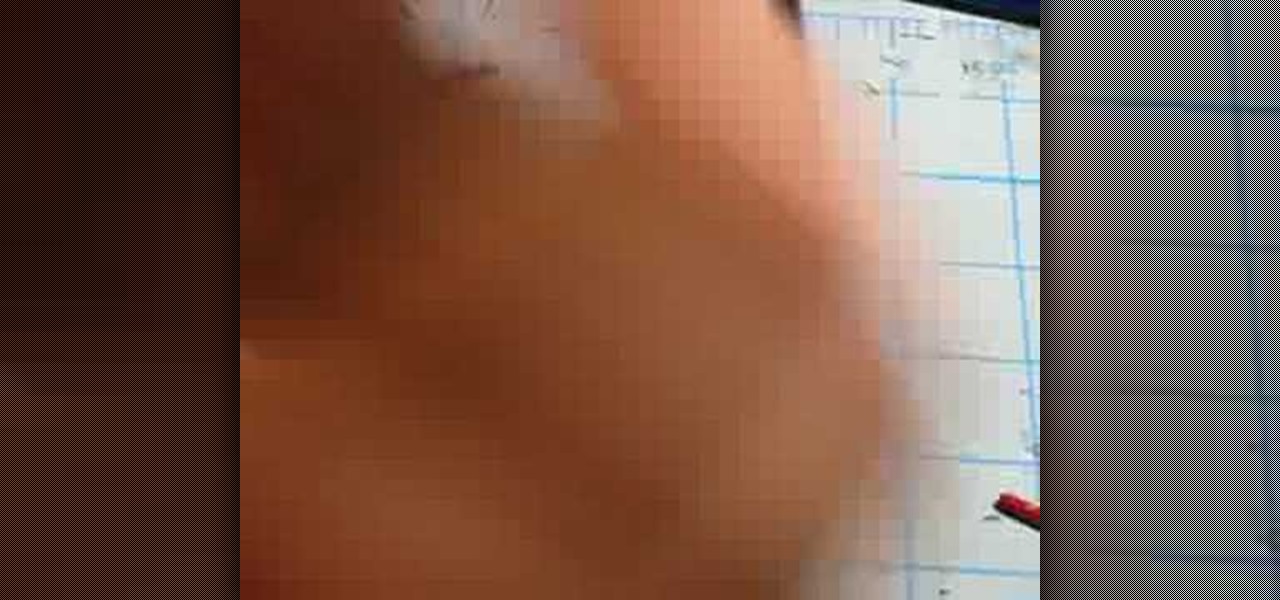
How To: Paint Warhammer 40k Space Marines
Watch this video to learn how to paint a Warhammer 40k Space Marine. This tutorial will teach you which paint brushes you need, how to put your Space Marine together and how to prime you Space Marine.

How To: Make a wig for vinyl doll heads using hot glue & hair
A video tutorial on how to make wigs for dolls with vinyl heads using only hair and hot glue.

How To: Build an epoxy dinosaur with the Dino Tech technique
This is a detailed tutorial on how to build an expoxy clay dinosaur with the Dino Tech technique. The epoxy used here is called Magic sculpt, and can be found at http://www.sculpt.com. This sequence is a series of 25 videos, of which the 7th is missing. They detail the individual steps in the dinosaur-making process.
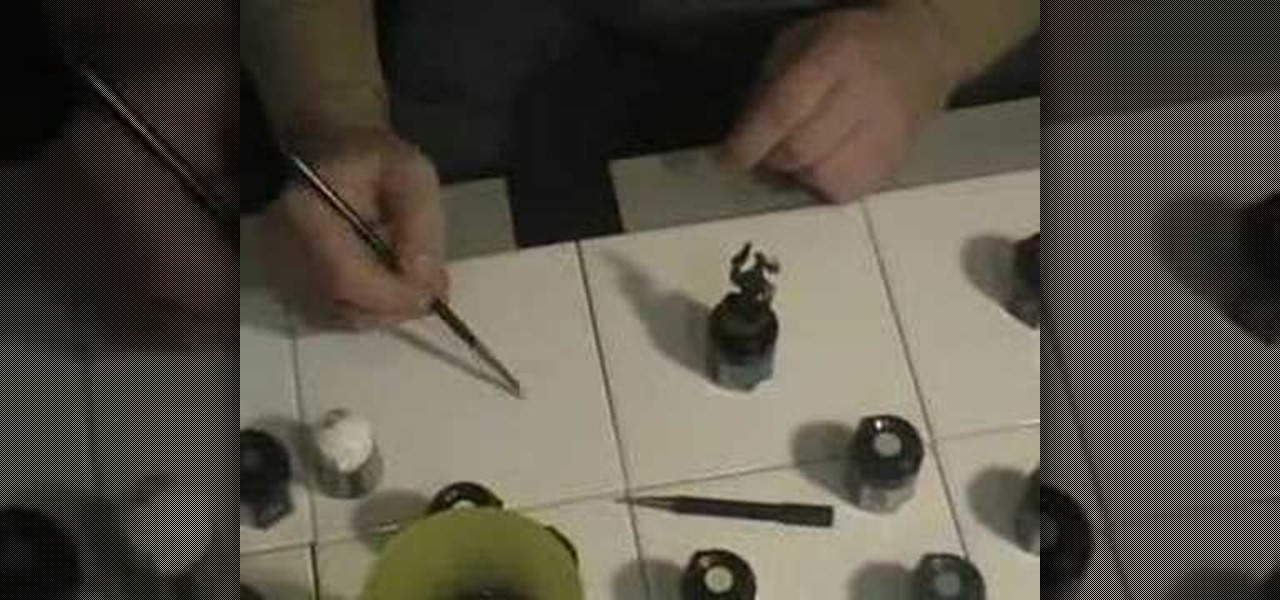
How To: Base a warhammer 40k ork figure
From Prime It Up and for the beginning painter, an end to end tutorial about painting a 40K Ork to a tabletop standard. This video covers how to base your figure.



